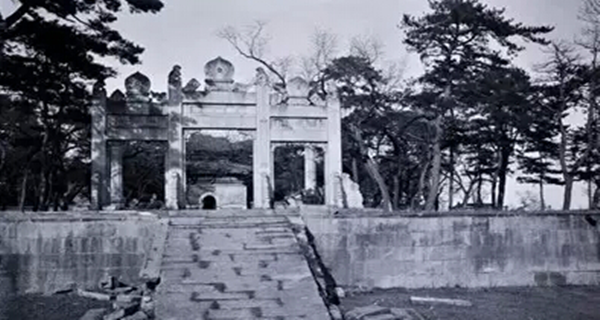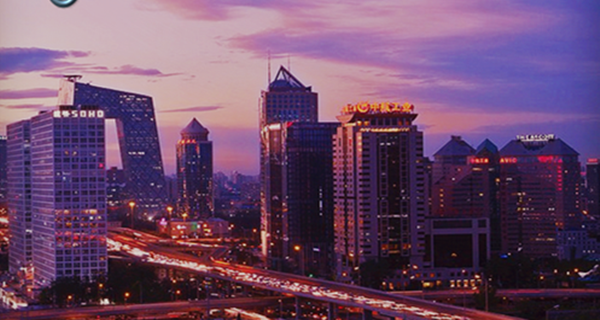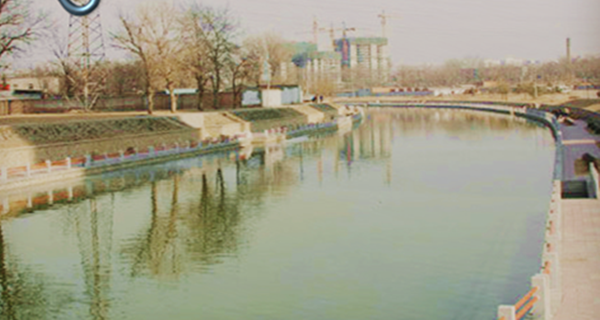Speaking ofBeijing, one of the world’s largest and most prosperous cities, you cannot avoid thinking of the Forbidden City or the Palace Museum which the Chinese usually call. Then, you may think about other world famousattractions, but Beijing has more odd and interesting stories for you to discover if you meet the following place names of the capital.

No. 1. Princess Tombs (公主坟: Gong Zhu Fen)
Now coming to Beijing, you may frequently hear the name “Gong Zhu Fen” when you take Subway Line 1 and 10 traveling around the city. The literal meaning of it is Princess Tombs, but why was this station named like this?
The Princess Tombs is an area outside of Fuxingmen (复兴门), and so the overpasses and the subway station near it were named after it. But this area was not called Princess Tombs in the history of China. In Chinese history, it was initially named Wangzuo Village (王佐村: Wang Zuo Cun), changed to Yuanjia Village (苑家村: Yuan Jia Cun) at the end of the Qing Dynasty, and changed to Princess Tombs during the time ruled by the Japanese invaders.
But why was it named like this? In fact, there were two tombs where two daughters of Emperor Jiaqing of the Qing Dynasty were buried, and the Chinese cultural relics department researched the history and dug this area for archaeological purposes to prove that the two daughters were indeed buried here, so this place was finally given such a name.

No. 2. Sunning Horse River (亮马河: Liang Ma He)
Sunning Horse River is located near Beijing Solana, where you can go shopping and enjoy the beautiful scenery. Liangma River’s Chinese meaning is the river where horses are sunned. But how was it given such a name? There is an interesting story about it.
It is said that in ancient China some businessmen and guests usually drove their horses here to have a rest. In the river, they used the river water to wash their horses. But only after their horses’ bodies became dry, they would continue their travel. Thereafter, this river was named Sunning (晾) Horse River. However, sunning is not equal to “亮 (beautiful or shiny)” although they share the same pronunciation. But with years passed, people call it “亮马河” not “晾马河”.

No. 3.798 Art District(798艺术区: 798 Yi Shu Qu)
The 798 Ar District was once a ruined factory but has been changed to today’s art district. But why was it named 798 not 897 or other numbers? Indeed, there is a historical story about it.
The 798 Art District originates from the old factories built during the “First Five-Year” Plan of China. A factory with the name 718 was constructed in this area during this time. In 1964, this factory was canceled and replaced by 706, 707, 718, 797, 798 and 751 Factories. In 2002, an American rented a restaurant which covers an area of 120 square meters and changed it to his company, which mainly focused on art. Later, when others found this area was big enough and they didn’t have to pay a lot to rent. Finally, 798 came into being.

No. 4. Big North Kiln (大北窑: Da Bei Yao)
Speaking of Dabeiyao, you may not know at all. But when the CBD is mentioned, you cannot say you don’t know. No secret, the CBD is located in this area. But what’s the interesting story behind it?
The Big North Kiln was once the hunting ground for the imperial family during the Ming Dynasty. The origin of its name has two explanations. One says, when the third emperor Zhu Di of the Ming Dynasty moved the capital of the dynasty to Beijing, large numbers of artisans followed him to the capital to Beijing to build the Forbidden City and other buildings, and so it was given such a name. The second explanation is when the Japanese invaders baked large numbers of bricks in the kilns, they built lots of kilns here, and so it was given such a name.

No. 5. Liquor God Bridge (酒仙桥: Jiu Xian Qiao)
The Liquor God Bridge is an area where the famous 798 Art District is located. Where did it get its name?
Legend says that when the Liquor God Bridge was initially constructed, no one dared to walk across it. That time people thought the first person who would cross it could damage the luck of the bridge because of his own less lucky fate. At dusk, a liquor god crossed the bridge while pushing a cart where jars of liquor was loaded forward, but his liquor jars dropped to the river below. After the liquor merged into the river water, large streams of well-fermented liquor smell spread in the air. Therefore, it was named Liquor God Bridge.
Source: chaoyang.visitbeijing.com.cn



